What’s not to like about the pure application of turbines, gears and cogs, especially at the cutting edge of engineering, as it was 666 years ago!
This medieval mill in a remote location on the river L’Ouysse in the Dordogne, France, is an elegant piece of engineering that’s still working, and has been open to the public since it officially became a Historic Monument in 1925.
Monks from the Cistercian abbey at St. Alix near Rocamadour began building the mill in 1292 and completed the project in 1350. It passed into private ownership in 1778 and stopped operating commercially in 1959. Now a caretaker, Monsieur Faure and his wife, look after the amazing building and show visitors around.
The process is simple
A set of four gates can be individually lifted on chains to let water into the four turbine chambers that turn the millstones.
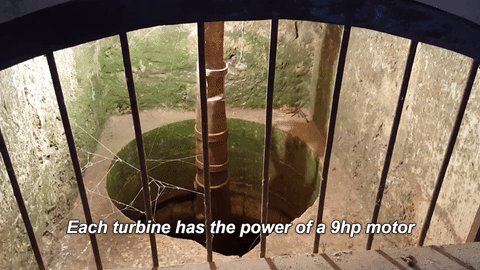 The wooden bladed turbines are on shafts that sit in bronze sockets under the water and connect directly to four millstones (except for the last one which has been decoupled and provides power to the blutoir*).
The wooden bladed turbines are on shafts that sit in bronze sockets under the water and connect directly to four millstones (except for the last one which has been decoupled and provides power to the blutoir*).
There are actually eight millstones, each weighing 1½ tons; four “sleeping” and four revolving on top of them at 80 RPM.
The grain is fed down from hoppers above into the middle of the revolving wheel and works its way out to the edge as it is ground. The gap between the stones can be adjusted to control how fine the flour is. Each stone can grind 80kg of grain an hour. At maximum capacity the four stones can grind 3 tons a day.
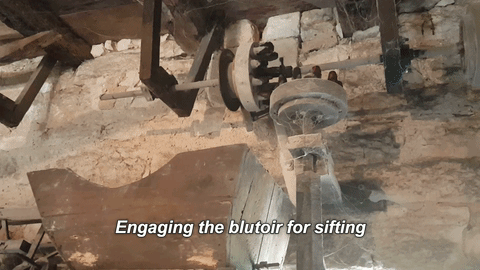 On the back wall, driven by a series of rods & cogs (transferring the power over the ceiling) is the blutoir (sifting machine. “Bolter” in English”). Its revolving drums with varying grades of muslin mesh (originally cheesecloth or horsehair), sift the flour into finest for cake, medium for bread and course for animal feed. The nearby chimney is not for a fire. Just the opposite. It’s there to provide ventilation and avoid a build up of very fine flour dust particles which could cause an explosion.
On the back wall, driven by a series of rods & cogs (transferring the power over the ceiling) is the blutoir (sifting machine. “Bolter” in English”). Its revolving drums with varying grades of muslin mesh (originally cheesecloth or horsehair), sift the flour into finest for cake, medium for bread and course for animal feed. The nearby chimney is not for a fire. Just the opposite. It’s there to provide ventilation and avoid a build up of very fine flour dust particles which could cause an explosion.
Why fortified?
In the middle ages wheat grain & flour were very valuable, especially in times of famine. It was like putting a bank stuffed with cash out in the middle of nowhere. So the walls on the were not only protected by the cliffs, they were up to 2.1m thick. The only door was on the island side of the building, so when threatened, the causeway to the island could be quickly covered by a torrent of water realsed from the dam.
Factbox
Getting there:
Cougnaguet, 46350 Calès, France.
It’s a bit of a trek, but a very pretty one! There is no public transport option that I’m aware of, so your options are bike or car. Most people combine a visit from the abbey at Rocamadour which is 11 km away (18 mins by car).
Price:
Adult: 4.5 €. Child: 2.5 €
Groups (15) Adult: 3 €. Child: 2 € (free for carer)
Opening Hours:
The mill is open to the public 1000-1200 & 1400-1800 during the summer months (01 April – 15 October), and open all year round to groups booked in advance.
Tours:
Mr & Mrs Faure don’t speak English so, although they do show people around, non-French speakers have to cope with a crib sheet written in English.

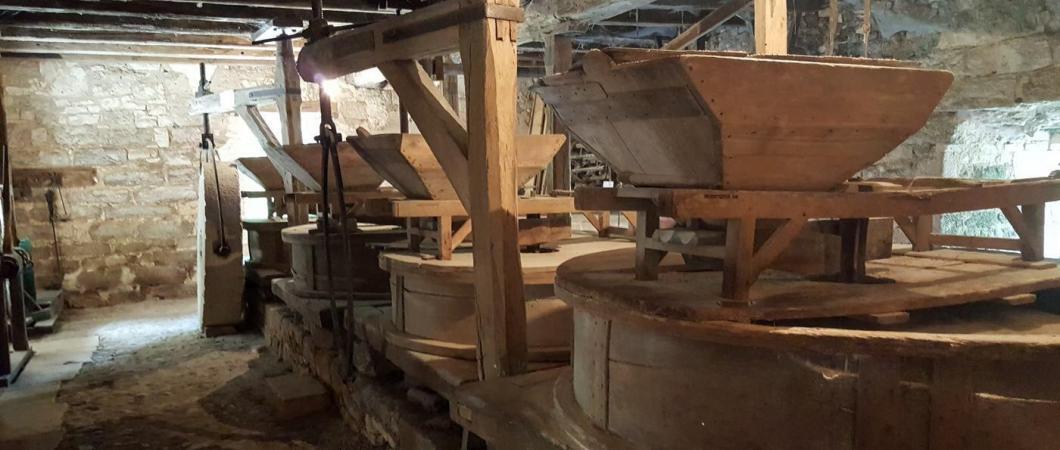
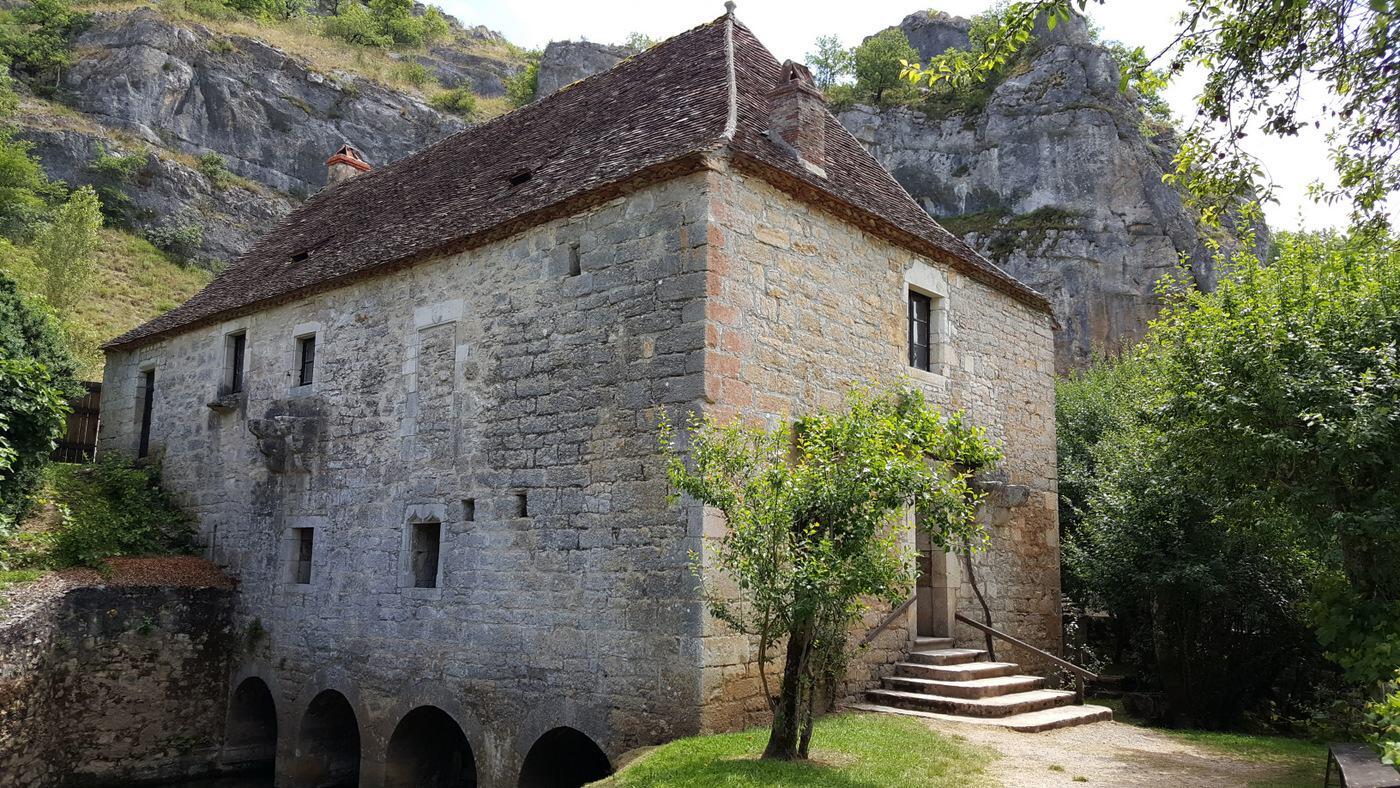
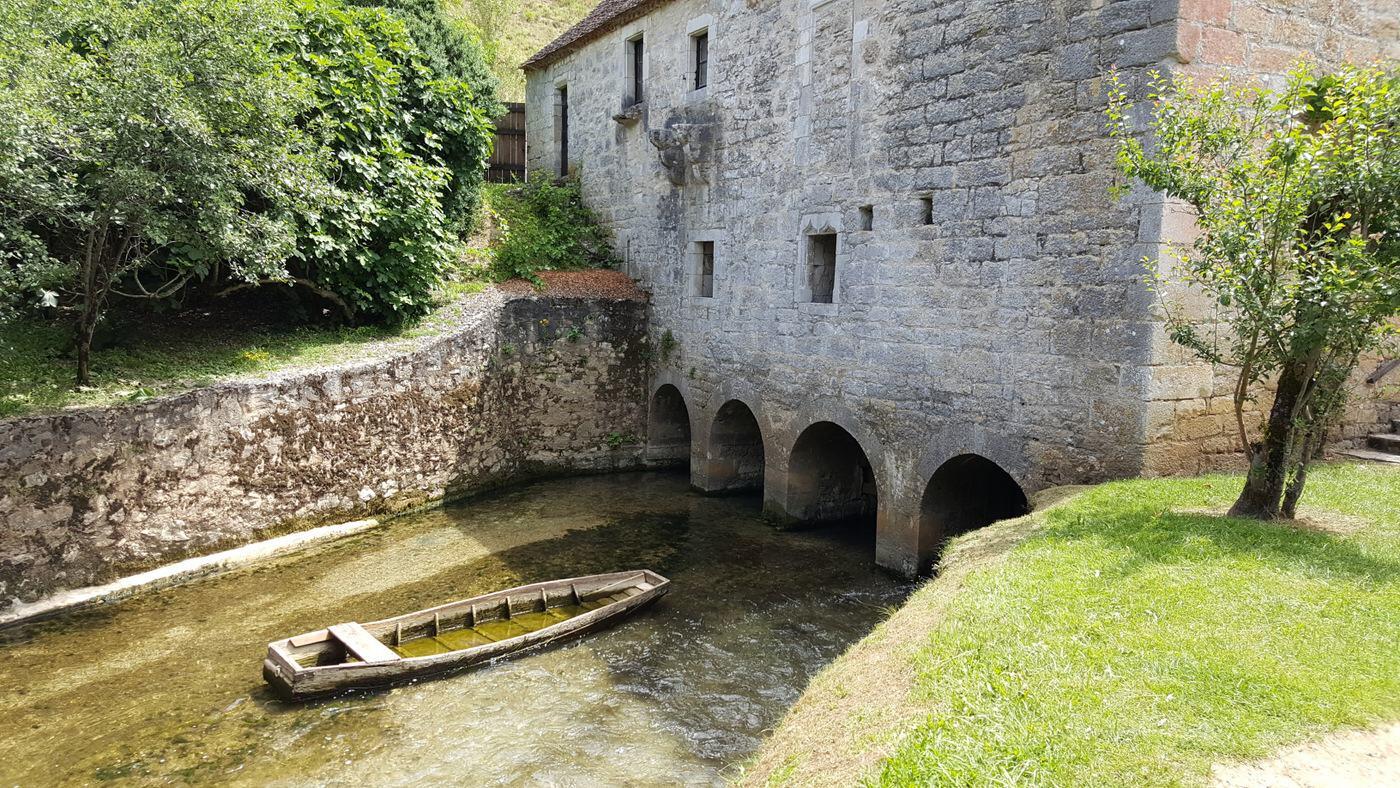




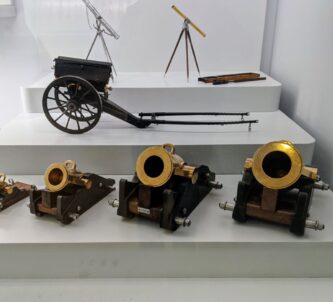


A wonderfully atmospheric place, miles from anywhere, on a peaceful stretch of the river – what’s not to like!